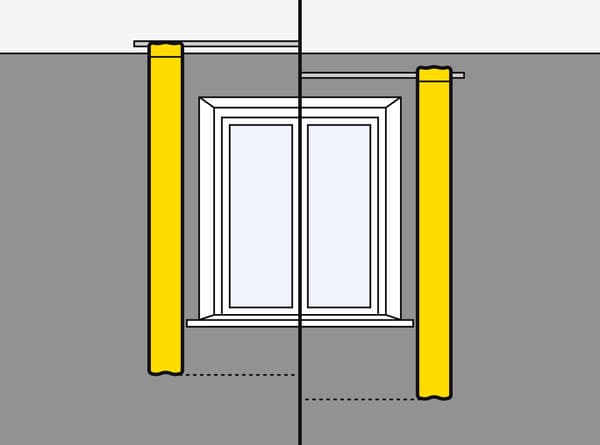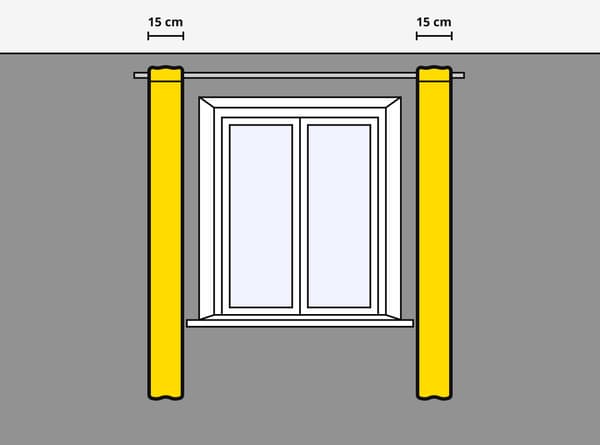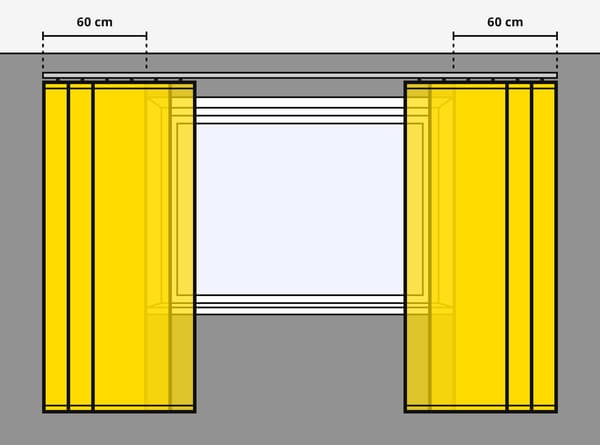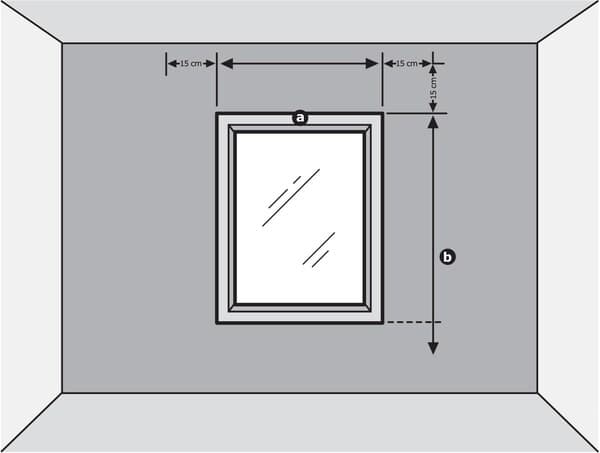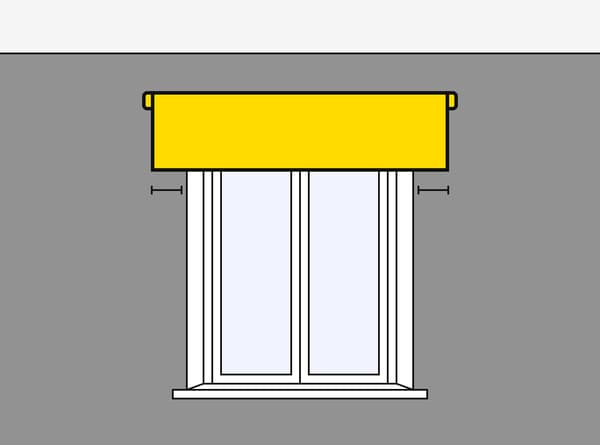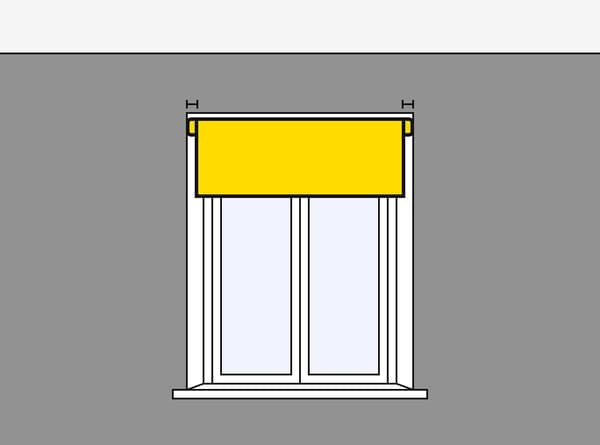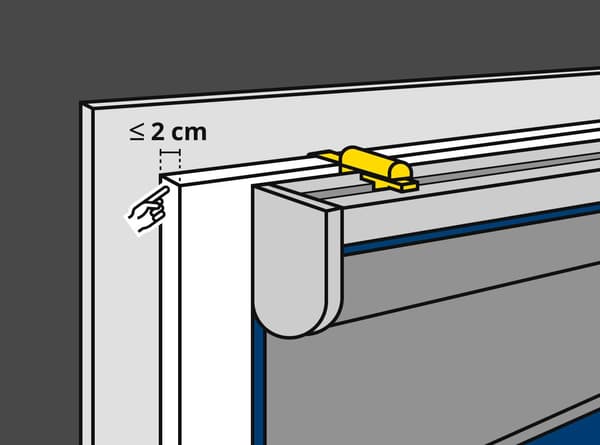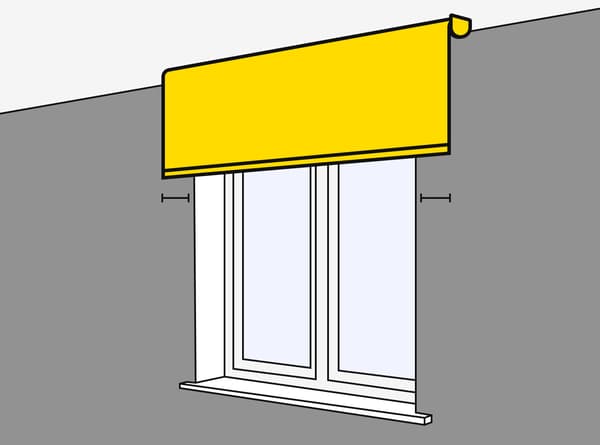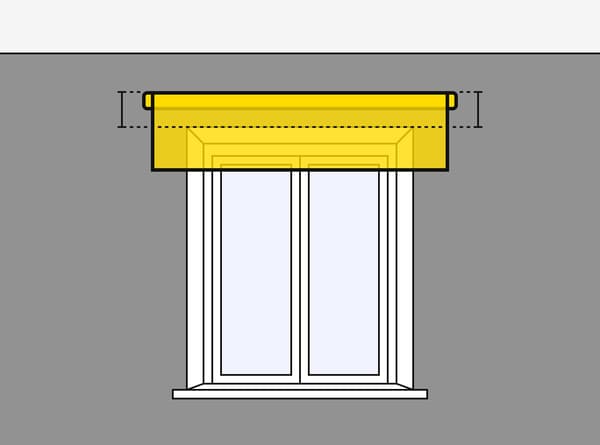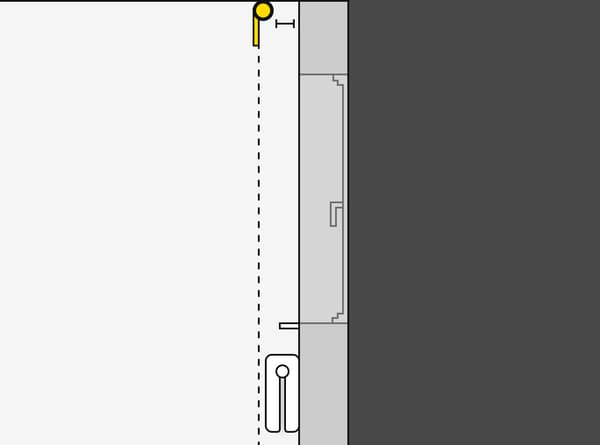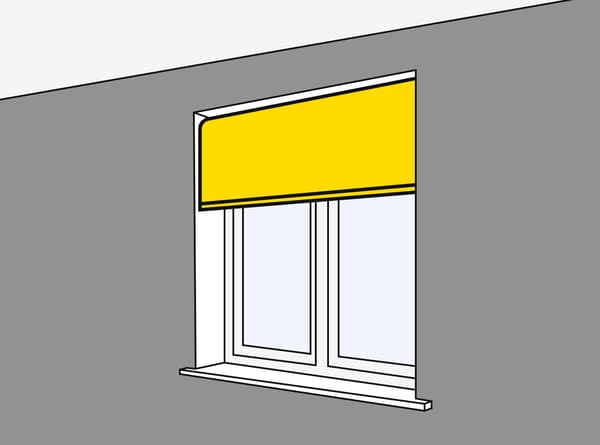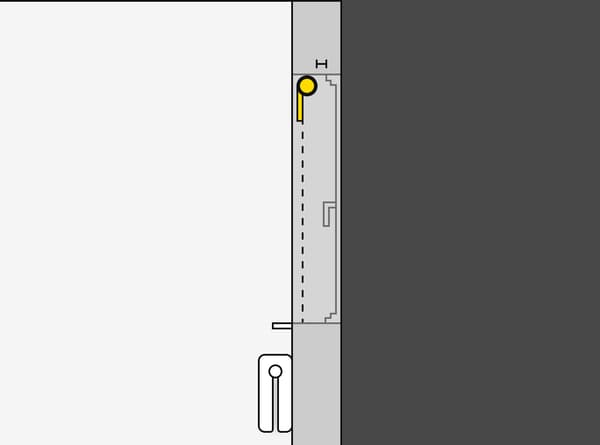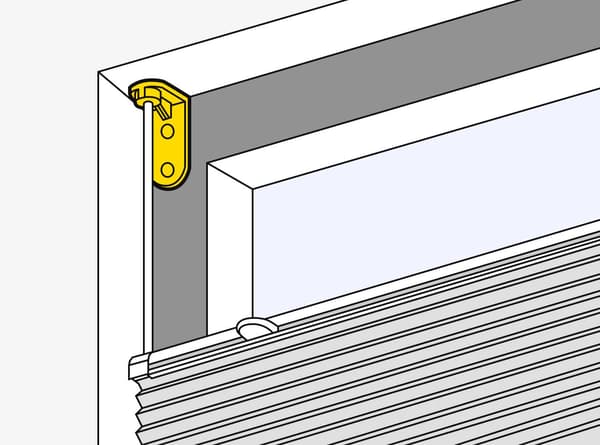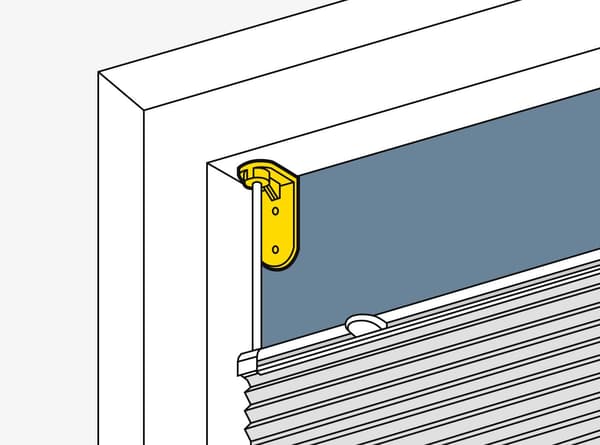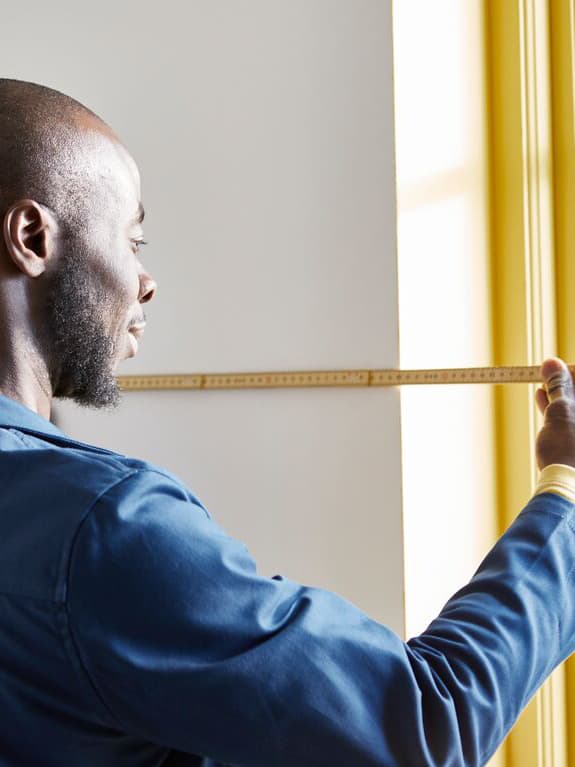Measure the window for curtain rails, curtain rods or blinds
On this page, we explain how to measure your windows, so you know which curtains and hanging systems you should get.
There are hundreds of types of windows and window frames. Because there is no o all for curtains, it is key to fit the correct window decoration to every window. Measuring the windows correctly is half the work. Choose curtain rods, track systems or curtain wires.
We first describe a step-by-step plan for curtains and then one for roller blinds and one for Top-down bottom-up curtains.
Tip: For all curtains, you have to take the design of your home into account. Adjust your curtains to windows, radiators or pieces of furniture that are close to your window.
How to measure the window for curtains
You can choose from different curtain lengths. On this page, we tell you about the most common lengths for curtains. Also, take this choice into account when calculating the length of the curtains.
Step 1: Decide on ceiling-mounted or wall-mounted
Take a good look at where confirmation makes the most sense: where is space? Is there room left to open the window?
Think about where you will attach the curtain rod or rail. This point helps determine the length of your curtains.
- Ceiling mounting: has many benefits, including better sound absorption, and making the room appear larger. Rails in the ceiling are extra elegant, because then the rail is not visible.
- Wall mounting: you can also mount your curtain rails or rod to the wall. Usually, a curtain track or curtain rod is hung 15 cm above the window. For a traditional look, use curtain rings on your rod, which makes your windows appear larger.
Step 2. Calculate the width of your curtain rod or rail
Measure the width of the window. For fabric curtains, add at least 6 inches (15 cm) on each side so they cover the entire window and still allow the curtains to open fully.
For panel curtains, instead of 15 cm, add 60 cm on each side. The panels need this extra space to open up completely and not block your window.
Tip: Are you combining curtains with roller blinds? Keep some extra space free in width, so the curtains are wider than the blinds.
Step 3. Calculate the number of brackets
The rule of thumb for a stable rod or rail:
- Use 2 brackets for curtain rods or rails up to 140 cm.
- Use 3 brackets for curtain rods or rails between 140 and 280 cm.
- Use 4 brackets for curtain rods or tracks longer than 280 cm.
Step 4. Calculate the curtain width according to the desired pleated effect
Calculate the width of the fabric based on the desired amount of pleats in your curtain.
The rule of thumb for the width of the curtain fabric is:
- No pleat in your curtains: calculate the curtain width by adding 15 cm on each side.
- For a single pleat, take 1.5 to 2 times the length of your curtain rod.
- For a double pleat, take 2 to 2.5 times the length of your curtain rod.
Step 5. Determine the length of your curtains
Measure at the top from where you will hang the curtain rod or rails, and stop at the bottom where you want the curtains to end.
Tip: Add a few more centimeters if you are going to hang washable curtains. Curtains may shrink a little during washing.
How to measure your window for roller blinds
Step 1: Decide the placement of your blind
There are four ways you can hang your roller blinds: on the wall above your window frame, on the ceiling, in the window recess and on your window frame..
- From the wall: Does wall mounting best suit your wishes and/or materials of your wall? Pay close attention when measuring both height and width.
- From the ceiling: hanging blinds from the ceiling is often used for large or multiple windows that are darkened with 1 curtain.
- In window recess: Ensure the window recess is deep enough so that the roller blind can be mounted to function smoothly without being obstructed by handle, window sill or radiator. This option is not recommended if the window opens inwards.
- On the window frame: To mount a roller blind on a window frame you can use KLAMBY. This fitting only works for window frames with a maximum thickness of 2 cm and a selection of IKEA blinds.
Roller blinds on the ceiling

This option is often used for large or multiple window areas that are darkened with a single curtain.
Roller blinds on the wall

If wall mounting suits your preferences and/or wall materials best, pay close attention when measuring both height and width.
Roller blinds in window recess

Ensure that the window recess is deep enough to mount the roller blind, allowing it to function smoothly without being obstructed by handles, windowsills, or radiators. This option is not recommended if the window opens inwards.
Roller blinds on the window frame

To mount a roller blind on a window frame, use KLAMBY. This mounting method only works for frames with a maximum thickness of 2 cm and a selection of IKEA roller blinds.
Step 2. Calculate the width or your blinds
Important! Be aware that blinds have a gap of 17 millimeters between the fabric and the bracket on each side where light will pass through.
With wall mounting
If the roller blind is mounted above the frame, measure the width of the window and add at least 5 to 15 cm on each side. This ensures that the blinds cover the entire window.
In the window recess
For best block-out effect, ensure the blind overlaps the window by 5 – 15cm so that no light leaks through on the sides.
On window frame
Measure the width of the frame. Consider the maximum thickness of 2 cm of your frame.
Ceiling mounting
If the roller blind is mounted to the ceiling, measure the width of the window and add at least 5 to 15 cm on each side. This ensures that the blinds cover the entire window.
Step 3. Determine the height of your blinds
Start measuring from where you will attach the blind, and stop at the bottom where you want the blinds to end.
If you opt for a ceiling mount for your blinds, start calculating from the ceiling.
Important! When the fabric is completely pulled down, be aware that the blinds have a gap of 10 millimeters between the top rail and the roller.
With wall mounting
we recommend hanging the roller blinds about 5 to 15 cm above the window frame.
In window recess
You don't have to calculate extra centimeters for your blinds attachment in the window recess. The distance between the window and the placement of your blind, as described in step 2, is the most important.
How to measure the window for Top-down bottom-up curtains
Step 1: Top-down bottom-up curtains with window or frame attachment?
Decide whether you are going to attach the Top-down bottom-up curtain to the window or your frame.
- Window: To attach the curtain to the window, use the supplied stickers when installing.
- Frame: To attach the curtain to your frame, please take into account some space for drilling.
Step 2: Determine the length of the cord.
Measure at the top from where you will attach the Top-down bottom-up curtain and stop at the bottom where you want the curtain to end.
Do this from different places. This is how long your cord should be.
Step 3: Measure the width of your window.
This is the minimum width of your Top-down bottom-up curtain to cover your window. Feel free to add a few inches for full coverage.
Step 4: Please refer to the manual.
On the product page for instructions on how to shorten and install your Top-down bottom-up curtains.
